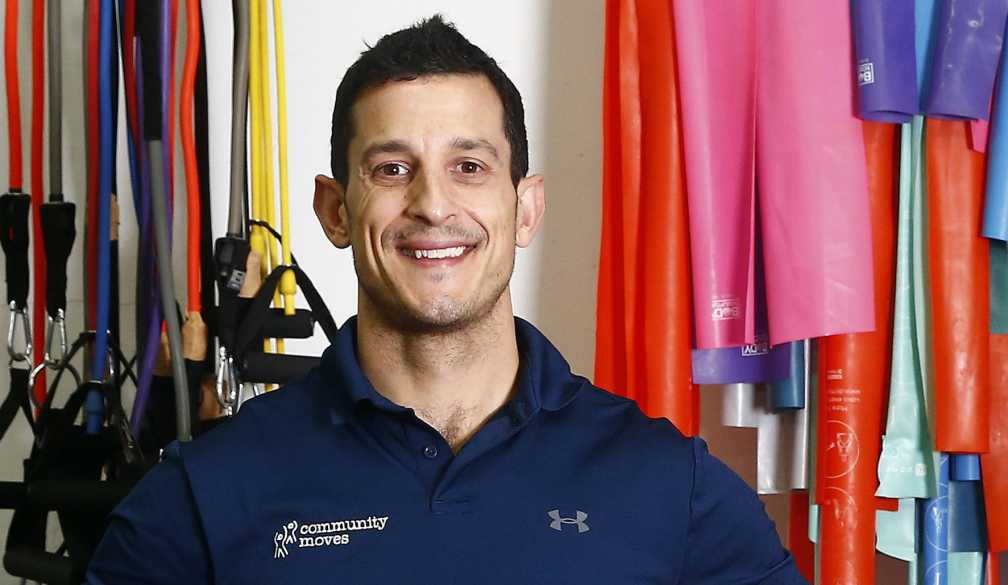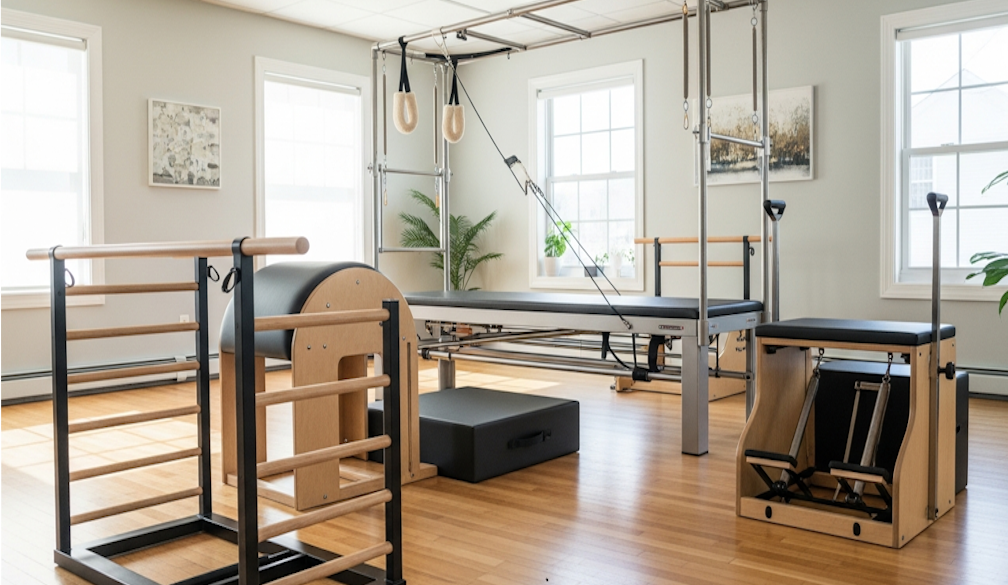Why exercising as an older adult will have a direct correlation to your mood and your health

Two things are for certain. We were made to move and we are social creatures. This dates back to the earliest studies of man and their way of life.
In more recent times, where both movement and social connectedness have seen steady declines, we are beginning to understand the science behind exactly why they are both so important.
Our current human genome has not changed much since the time of our earliest hunter gatherer ancestors. Essentially, we’re cavemen with an iPhone.
This is relevant because the the way we were designed thousands of years ago and the way we are designed today has not changed much. However, there is a big difference in the way we use our bodies and live our lives.
One of my favourite quotes on this topic reads “the current human genome requires and expects us to be highly physically active for NORMAL functioning”. Note this is for ‘normal’ functioning, not optimal functioning.
This means that our current lifestyles, characterised by high levels of sedentarism and low levels of physical activity are not servicing our biology and, in effect, eroding our health. Additionally, we are experiencing a mental health epidemic with social isolation and loneliness presenting high across multiple demographics.
So, unless we return to our hunter gatherer past, start chasing our food and living in villages, something needs to shift.
Enter ‘EXERCISE’….
We all know exercise is good for our physical health.
Improved cardiovascular function, increased functional capacity, stronger bones etc. Nothing new here. Despite all of this, it still hasn’t been enough to turn the tide on our low physical activity rates.
For example, only about 25% of older Australians meet the recommended physical activity guidelines each week. These are the minimum guidelines.
We’ll stick with our older adults as this is the population group that tends to move the least and suffer from social isolation the most. And because I run an over 50s gym and get to enjoy a front row seat as peoples health changes right before my eyes.
Now, with advancements in neuroscience research we can add some real and compelling evidence to exactly why exercise isn’t just about the body, but is about so, so much more when it comes to health, wellbeing, and longevity.
Imagine this….
As Anne, member of over 50s gym, Community Moves Health & Fitness in Sydney, walks into the studio she is greeted by her fellow classmates as they wait for their session to begin.
A mixture of men and women, ranging from mid 50s to mid 70s, on this occasion discussing the pros and cons of babysitting grandchildren.
This particular group have been attending this gym for 4 years and now form a close group of friends that have coffee together, go to the movies together, share photos on their WhatsApp group together, and support each other through all of their individual challenges.
Due to this social interaction and connection, Anne’s brain is immediately flooded with the neurohormone, oxytocin. Oxytocin, commonly known as the ‘love hormone’ helps to regulate our pro-social emotions including trust, empathy, and more. Additionally, it has been linked to things like improved sleep and impulse control.
Once her class begins, Anne and her friends, embark on a range of strength and stability exercises, contracting their muscles and moving their joints, sending blood flowing through their veins, and increasing their heart rate. The physical benefits of all this are pretty well known and life-changing in and of themselves.
However, what’s happening under the hood to improve Anne’s cognitive function and mental health is even more exciting.
As Anne progresses through her exercise, the cells in her body start activate some pretty amazing processes. Various genes are released that, at a cellular level, help to fix damaged cells, improve our bodies and brains metabolism, and produce energy more effectively.
Through a series of cellular pathways that up regulate during exercise, Anne gets an increase in circulating BDNF. Brain Derived Neurotropic Factor is like superman to the brain. BDNF helps to build new brain cells and neural pathways and is protective against brain damage and degeneration.
Additionally, whilst exercising, Anne’s brain is increasing the production of hormones such as serotonin, dopamine, and norepinephrine. These hormones play a role in enhancing mood, cognitive function, motivation, and much more, even extending to other areas of the body.
At the end of the session, Anne and her classmates head for a coffee and a chat. Reinforcing their connection, recovering from their workout, and letting all the bodies internal processes work away to improve their physical and mental health.
As we get older we often move less. This leads to a cascade of negative health impacts that can effect both our physical and mental health. It doesn’t have to be that way.
Some of the greatest benefits from exercise are seen in those that go from being highly inactive to moving more regularly.
Exercise-induced changes in your physical appearance and capability may take some time. Changes in your internal biochemistry that improve your mood, cognitive function, and mental health happen immediately.
Get moving and get social to give your brain and body the experience it requires and expects for normal functioning.
By Van Marinos – Founder of Community Moves

























